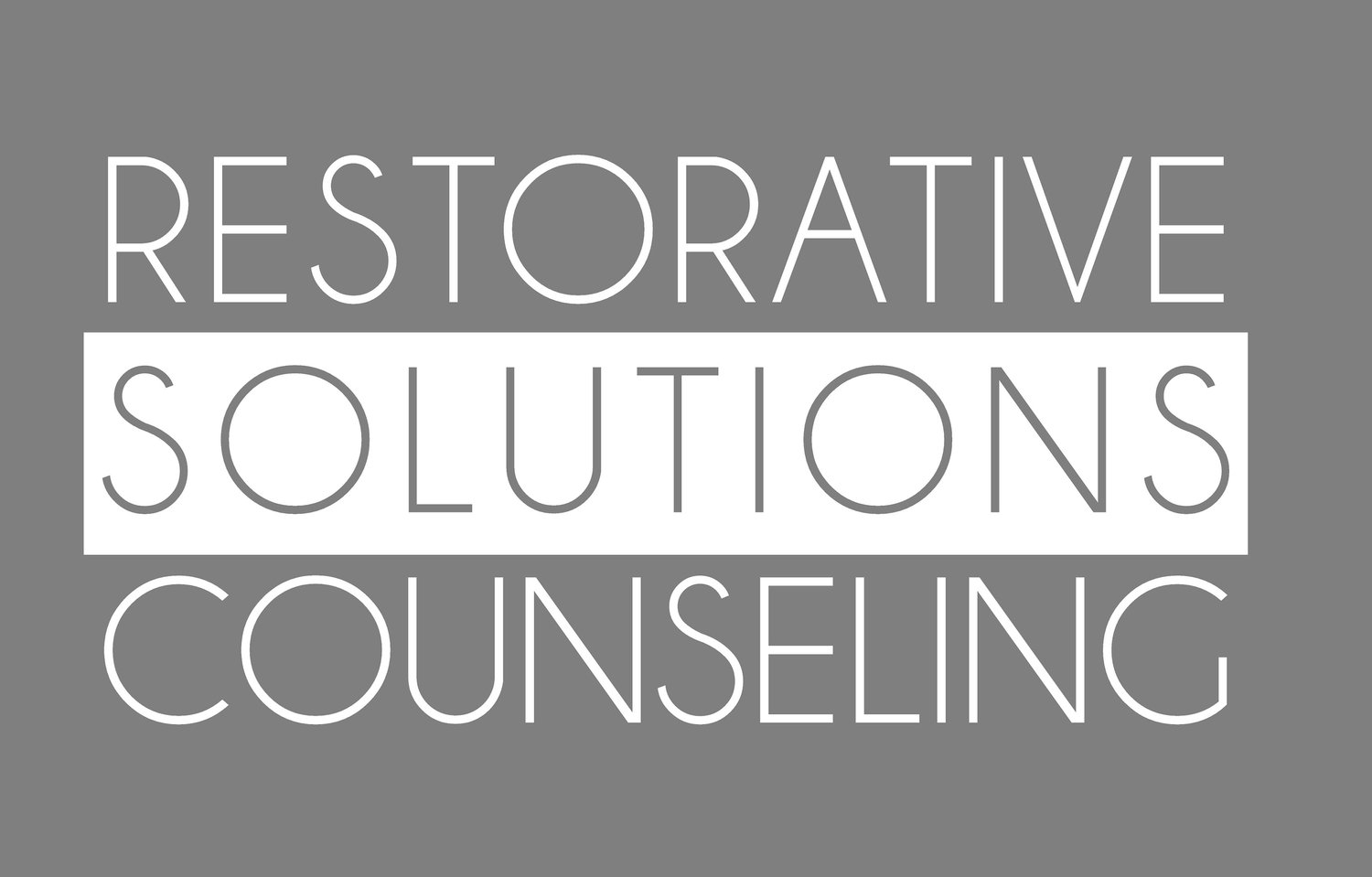It is undeniable that humans are social creatures. We rely on each other immensely. As a matter of fact, we have to. Many mammals have some level of independence soon after birth, but not humans. Our brains are so complicated that, even with a whopping 9 months inside the womb, we are born completely defenseless. It has been theorized that the reason that we are born at 9 months is because our heads would be too big to actually be born when we were better equipped. How did our species survive when our giant-head babies were born completely incapable of communicating, feeding, or protecting themselves? We survived by bonding with caregivers, and this continues to be important for survival throughout our lives.
Considering how important it is for us to be together with other humans, you’d think it would be easy. However, it turns out that these big complicated brains also lead to huge differences in personalities, preferences, hobbies, and interests, and sometimes it can be really difficult to connect with one another. Some people are described as social butterflies, though. They are like chameleons that can blend in easily in all situations. They never seem uncertain of themselves, and everybody seems to like them. (Please try to remember that “seems” is an important word here–they can be just as uncomfortable as others). Most people probably fall on some sort of social awkwardness continuum, though, ranging from slightly uncomfortable in social situations to very uncomfortable. By the way, I definitely don’t use the word awkward as an insult. That feeling of unease, uncertainty, and not knowing what the heck to do with our hands–that’s actually normal for most people. How do we know, though, if we are just socially awkward and uncomfortable, or if we have a major problem? As a rule, something that is diagnosable as a mental illness interferes with a person’s daily life to a significant degree. According to a great article* from the National Institute of Mental Health (NIMH), if these feelings move beyond uncomfortable and cause a person to start avoiding social situations and family gatherings, it is probably a sign of a bigger problem…perhaps a problem where someone would benefit from professional assistance.
Social anxiety is normal, but social anxiety disorder occurs when it is extreme and creates major problems for people. According to the NIMH article, there are many social situations where we may feel scrutinized or judged, and these situations are significantly worse for people with social anxiety disorder. Common things that clients who experience this will tell me are: feeling their faces get hot, a sense of losing their voice, panic and not knowing what to say, or feeling judged.
In therapy, there are many different approaches to treat this condition. The NIMH article* references cognitive behavioral therapy, which would include exploring thoughts and behaviors that contribute to or reinforce the anxiety. It also mentions Acceptance and Commitment Therapy, in which the goal of therapy would be to reduce the overall discomfort that someone feels in response to the anxiety through mindfulness techniques and finding new ways to experience emotions that are labeled as “uncomfortable.” Keep in mind, these are drastically simplified explanations of these forms of therapy, and they are definitely not the only methods for treating social anxiety disorder. For the sake of space, I won’t go into a lot of other details. Medications can also be helpful to people because they can help take the edge off the feelings and help them feel better able to handle anxiety-provoking situations.
There is hope. Admittedly, it will take some work, and it will involve facing down feelings and emotions that a person has decided are uncomfortable or to be avoided. I sometimes tell people that anxiety is like a big, scary monster that only gets bigger and meaner-looking when we hide from it. However, when we face our anxiety monster, we find that it can’t actually hurt us, even when it postures and threatens us. We also find that by facing it down, it shrinks. In fact, it shrinks a little more each time that we face it, and eventually it doesn’t look so big and scary.
